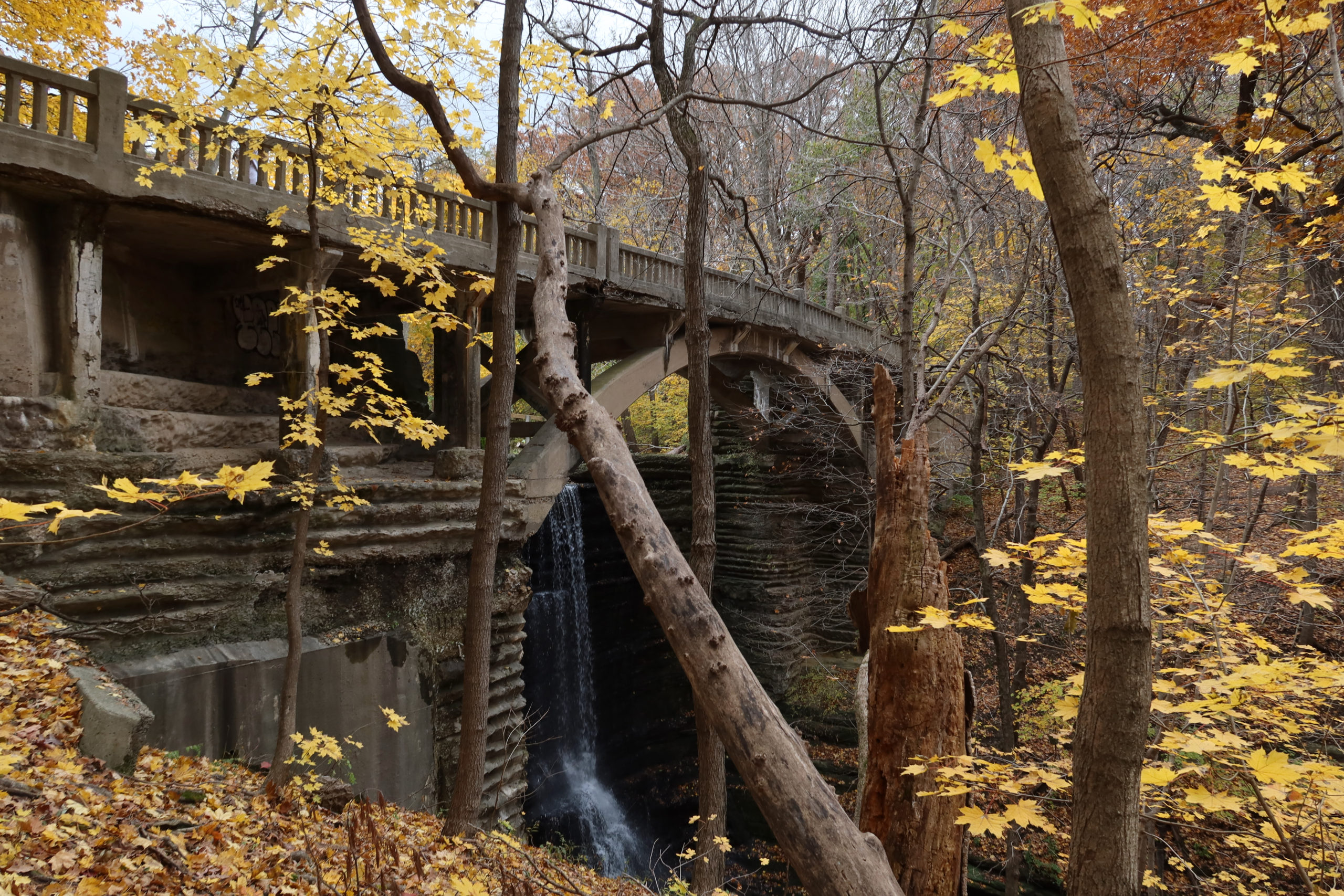You may have heard the saying, “when you put 2 people together you have a disagreement, when you have 3 or more people in the same room, you have politics”. The same can be said for martial artists; if you ask ten different people how a certain sequence in a hyung (form) is conducted, chances are you are going to get at least three (if not more) different interpretations. Many of the differences can be explained simply by the tradition of who taught them the form, as that lineage would be more cherished and ingrained in their training. Other differences can be different applications which in turn lead to different movements in the same sequence. There can be healthy debate in such circumstances and as long as the interpretation is effective, most practitioners would be fine agreeing to disagree. But is this really “politics”, per se?
Let’s take a gup (color belt) test as another example. An instructor may see a student perform a front stance with bent front knee, straight back leg, but with a narrow stance and the back foot pointed off to the side acceptable for a green belt, but another instructor may see that as a fundamental flaw. It is hard to judge from a single technique, or even from a single gup test, the journey that student has had up to that point, but it is up to the instructors (assuming they both have been part of the student’s journey) to determine whether the student passes or fails. Every instructor has different standards for their students respective to each rank, but how large that step in progression can be between each rank can range widely. But, is this really “politics”?
When it comes to regional activities, we have several committees that help coordinate and plan out events. Within each committee there is usually a committee chair, but the other committee members contribute their opinions and suggestions on how to conduct their duties. At times, there could be conflicts between or within said committees; for example, there can be a disagreement on the order or content of the black belt test script. The committee chair can provide constructive feedback to the proctors on the script, but then the other committee members may provide their own feedback that can contradict the committee chair. Also, other senior masters can also provide their input on the script, but the committee chair is ultimately the one to provide direction. Who is ultimately responsible for a successful black belt test? In my humble opinion there is no one person responsible for success or failure and that it is everyone’s duty to do their best. But, is this really “politics”?
I am a part of the World Tang Soo Do Association, and it is pretty much unavoidable that politics would be involved to some extent. There is a grandmaster that leads the organization from a technical standpoint, and a president that leads from an organizational standpoint (often they are the same person). Beneath the grandmaster are several assistant grandmasters that serve as needed to be the association’s representative to various regional events. Beneath those there are more senior international masters, and so on and so forth. This hierarchical structure necessitates a chain of command that leads to the top (grandmaster) and ensures a clear demarcation of authority and responsibility. In such a large organization, there are bound to be disagreements or miscommunication that need to be addressed, and ultimately it is up to the grandmaster to resolve issues that rise to his level of importance. But, is this really “politics”?
You may have read this far and become tired of the repeated question, “But, is this really ‘politics’?”, however I wanted to emphasize the question in order to have you, the reader, think about each situation and ask for yourself. In my view, yes, there are many aspects of “politics” that are a part of martial arts that are unavoidable, even if they are minor in scale. The question shouldn’t be “Does politics belong in martial arts?”, as politics is as much as martial arts as it is with human civilization. The question we should instead ask should be “How do we minimize the politics in order to better serve our students and the art?”. I think if we start thinking in a way that keeps the well-being of our students (and their families) first and foremost, then the politics that do come up will be easier to handle.




